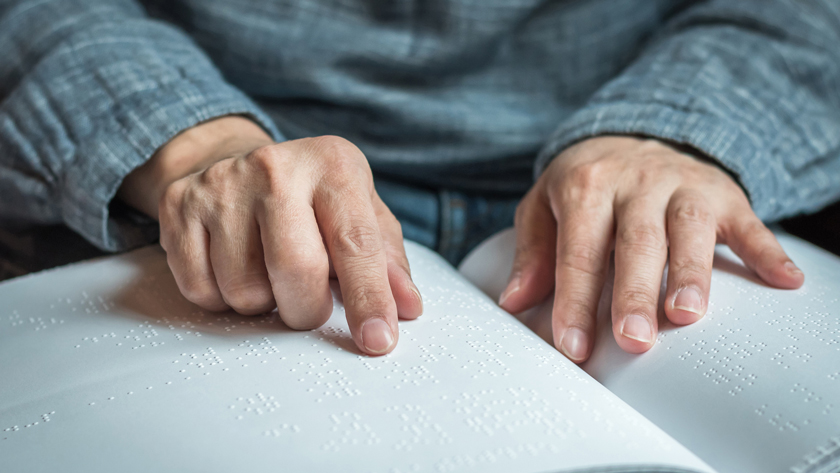Roche will relaunch AMD implant Susvimo after update

Roche’s Genentech unit has said will reintroduce its Susvimo implant for eyesight-robbing disease age-related macular degeneration (AMD), which was withdrawn from sale in 2022 due to manufacturing defects.
Susvimo was approved by the FDA in 2021 as an option that could free patients with wet AMD from having regular injections into the eye. It includes a reservoir designed to slowly release anti-VEGF drug ranibizumab – the active ingredient in Roche’s long-established AMD therapy Lucentis – but was scuppered by a defective seal that allowed the drug to leak out more quickly than it should.
Now, the company says that it has carried out “component-level updates” to Susvimo’s implant and refill needle that has resulted in a fresh FDA approval, clearing the way for a relaunch “in the coming weeks.”
The port delivery system (PDS) implant is about the size of a grain of rice, can be topped up, and delivers the drug continuously for at least six months, so patients can manage wet AMD with just two treatments a year.
Lucentis and rival therapies, like Bayer and Regeneron’s Eylea (aflibercept) and Roche’s new drug Vabysmo (faricimab), currently require injections every month, at least initially. Thereafter, dosing can be tapered to every two to four months with Eylea or higher-dose follow-up Eylea HD, which was approved by the FDA last year, and every four months with Vabysmo.
That lower dosing frequency is one reason why Vabysmo has made rapid headway in the wet AMD market since its debut in 2022, with sales of more than $930 million in the first three months of the year, double the amount it made a year earlier, while the Eylea franchise has started to decline with first-quarter sales of $2.25 billion.
Susvimo was seen as an important companion product for Vabysmo on its initial approval, helping Roche maintain its AMD revenues as Lucentis started to face biosimilar competition, with some analysts projecting peak sales of $1 billion or more.
At launch, data pointed to a superior duration of response compared to Eylea and patient-reported outcome (PRO) data suggesting a strong preference for the implant over intraocular injections. On the other hand, some analysts said that cases of endophthalmitis – an inflammation of the intraocular fluids – may hinder its take-up.
“Susvimo’s return to the retina community reflects our unwavering commitment to provide innovative retinal treatments, and lays the groundwork for future advancements,” said Roche’s chief medical officer, Levi Garraway.
Ironing out the technical problems with the PDS system also bodes well for Roche's future ambitions in AMD, as it is developing a follow-up candidate called RGS6120 that uses the same platform. That programme is currently in phase 1.












